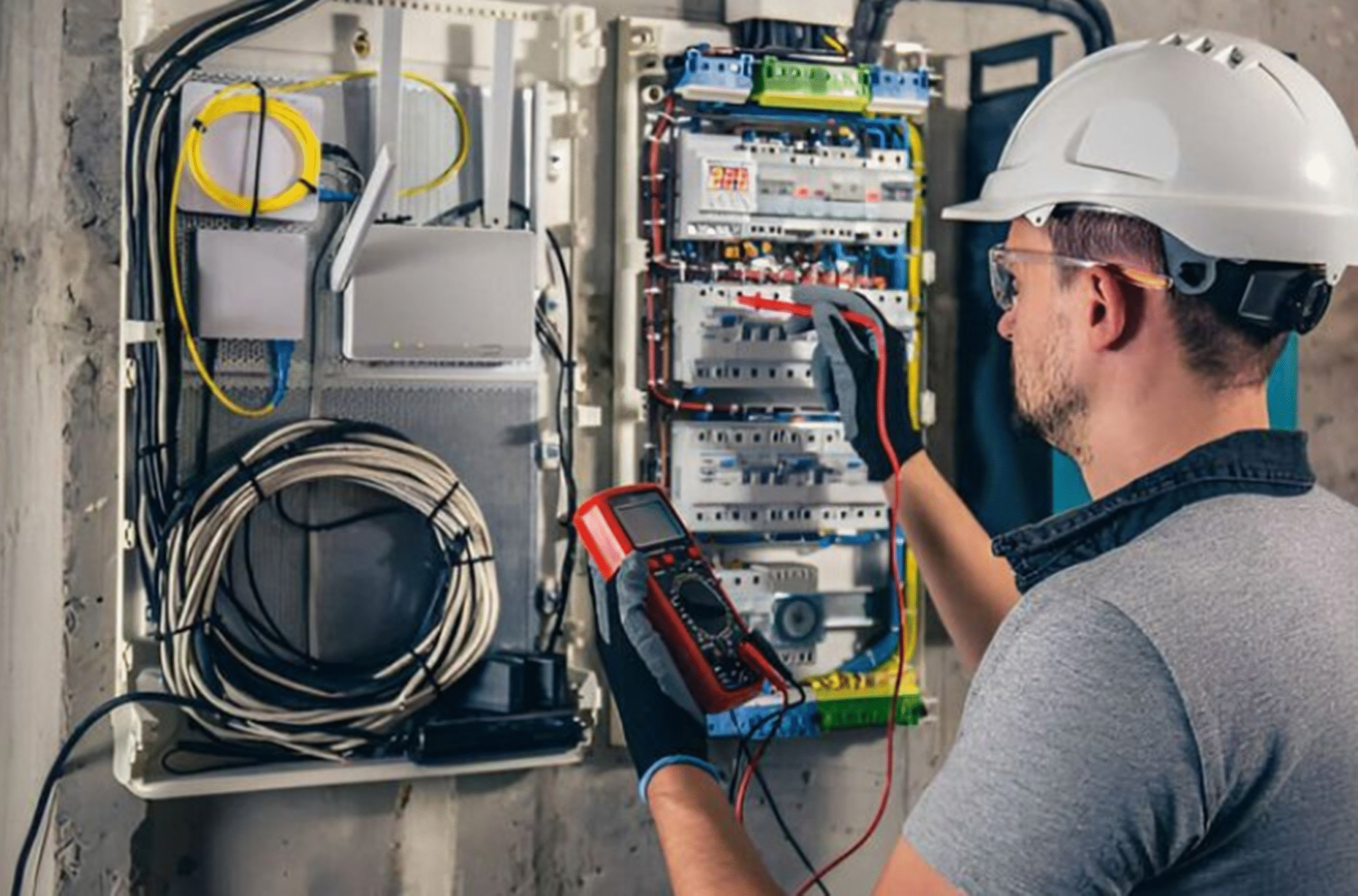Every building, whether residential or commercial, holds untapped potential for energy savings. Improving efficiency isn’t just about cutting costs—though that’s a big plus—it’s also about creating a more comfortable, sustainable, and safer space. With smart choices and small upgrades, any structure can become more energy-smart without major overhauls. Let’s explore ways to boost energy performance while keeping your power system in check.
Upgrading Lighting For Immediate Impact
Lighting is one of the easiest ways to improve energy efficiency quickly. Swapping out old incandescent bulbs for LED alternatives slashes energy consumption by up to 75 percent. LEDs last longer, emit less heat, and produce better quality light. For larger buildings, motion sensors and daylight harvesting systems can reduce waste without compromising comfort. Efficient lighting doesn’t just cut bills—it transforms the mood and productivity of a space.
The Role Of A Residential Electrician In Energy Optimization
A residential electrician is a licensed professional who handles wiring, circuitry, and electrical upgrades in homes and small buildings. When making energy-efficient changes, this expert is essential. They assess outdated wiring, check for overloaded circuits, and ensure upgrades align with current safety codes. They also help identify hidden energy drains in your system. Partnering with a trusted residential electrician ensures improvements are done right, safely, and up to standard.
Smart Thermostats And Efficient Heating Systems
Heating and cooling often account for the largest chunk of a building’s energy usage. Smart thermostats can learn your routine, adjust temperatures automatically, and give you control from anywhere. Combine that with high-efficiency HVAC systems, and you’ll notice a dramatic drop in energy use. Zoned systems that direct heat only where it’s needed also help prevent energy waste. These tech-savvy tools are an investment that pays off year after year.
Planning For Electrical Panel Replacement And Modern Load Needs
An electrical panel replacement involves removing an old fuse box or breaker panel and installing a newer model to accommodate modern electrical demands. Older panels may not handle today’s energy loads safely or efficiently, leading to frequent breaker trips or even hazards. Upgrading the panel supports efficient appliances, electric vehicles, and solar systems. It’s a foundational improvement that paves the way for all future upgrades. The electrical panel replacement gives your entire system a fresh start with energy in mind.
Insulation And Windows That Keep Comfort In
Poor insulation and outdated windows can leak air and money. Adding insulation to walls, attics, and crawl spaces helps regulate temperature year-round. High-performance windows with double or triple glazing reduce heat transfer and block UV rays. These changes reduce strain on heating and cooling systems, making your building more comfortable and cost-effective. Think of them as invisible shields that protect your indoor environment from outdoor extremes.
Appliances That Work Smarter, Not Harder
Modern appliances are designed with energy efficiency at their core. Replacing old refrigerators, washing machines, and dishwashers with ENERGY STAR-rated models can significantly lower energy and water consumption. Smart appliances take it further by allowing scheduled operation during off-peak hours. They’re not just more efficient—they’re more intuitive and adaptive to your lifestyle. Efficient machines do more with less, without sacrificing performance.
Conclusion
Energy-efficient improvements aren’t reserved for new construction or high-tech offices. Every building can benefit from thoughtful changes—be it smarter appliances, better insulation, or vital upgrades like electrical panel replacement or hiring a professional residential electrician. Each improvement not only reduces energy usage but also increases comfort, safety, and long-term savings.





